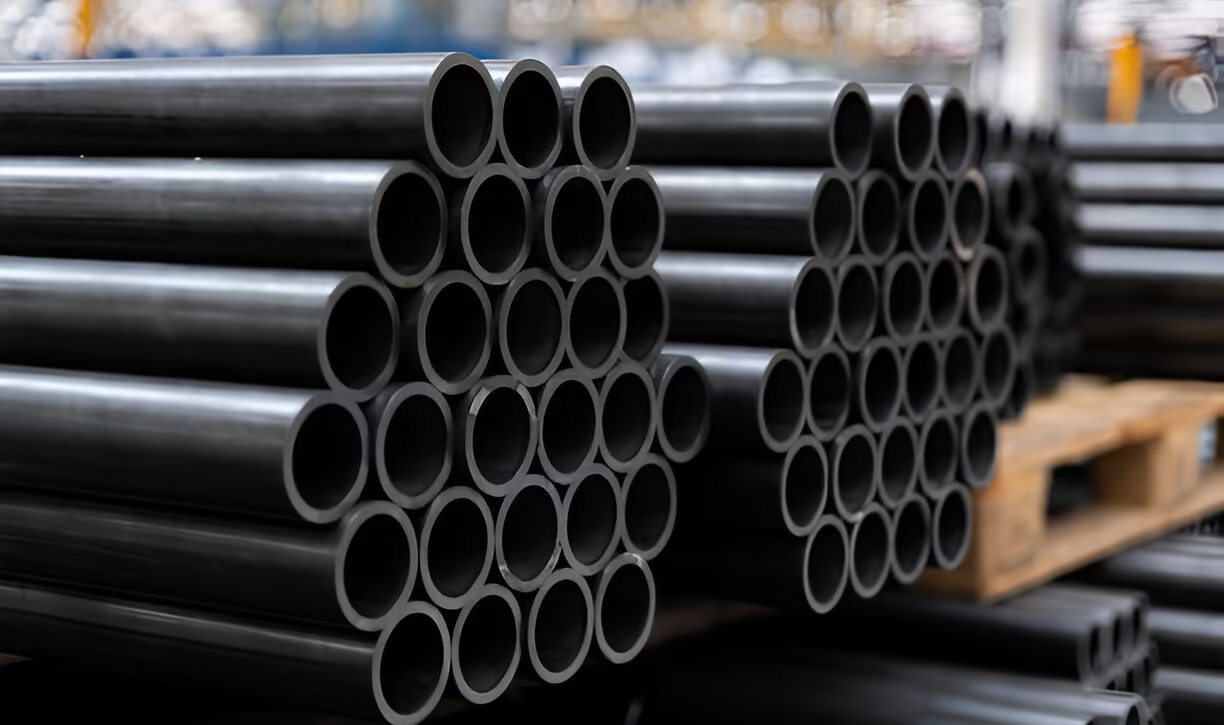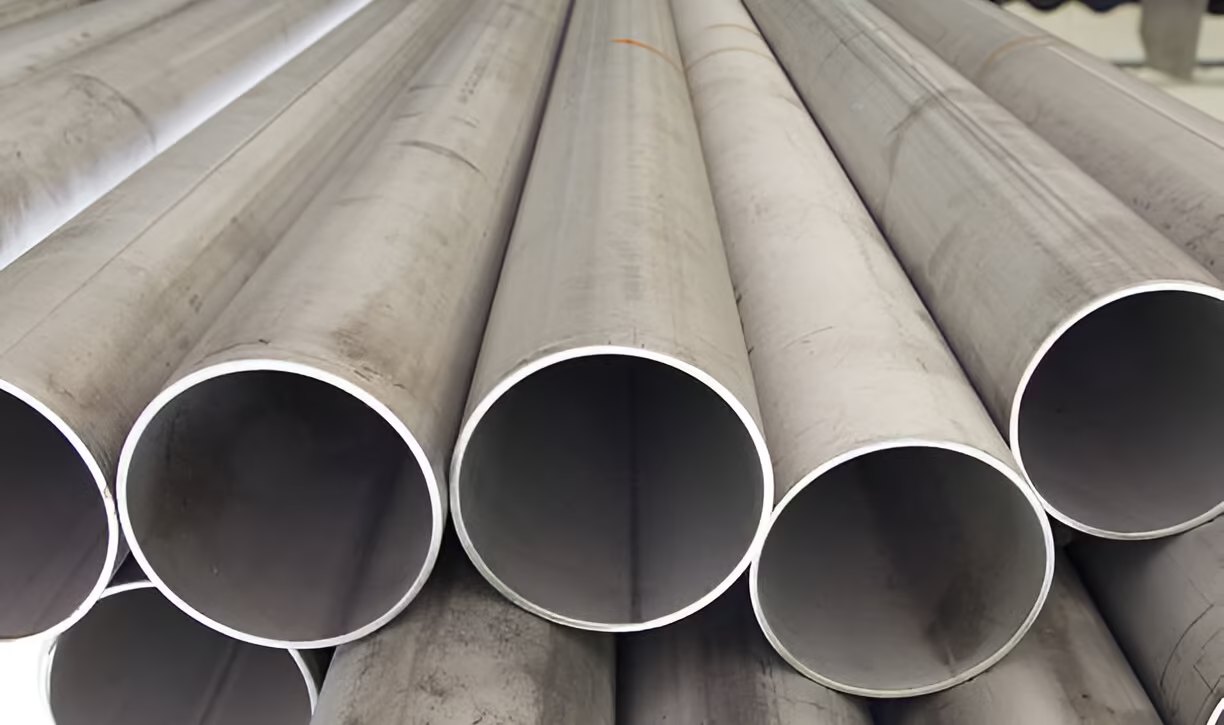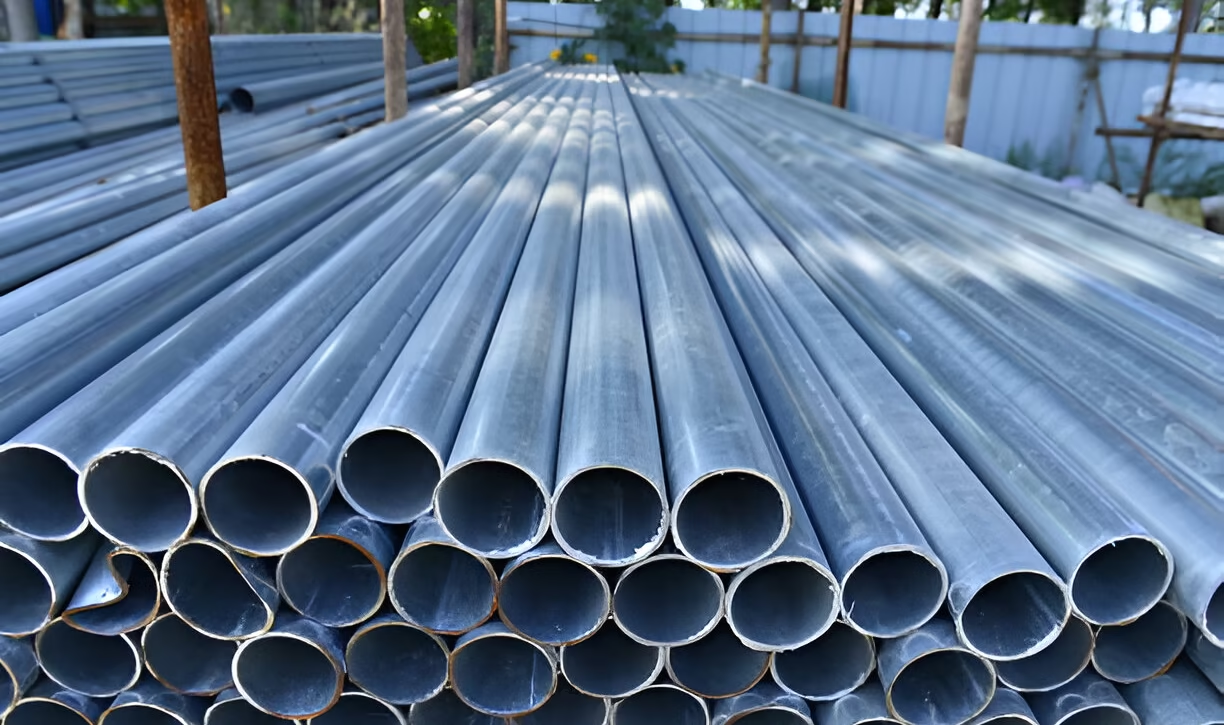What Is The Difference Between 304 And 316 Stainless Steel Tubing?
In the era of the booming stainless steel industry, there is a commonplace topic that has always been inseparable from us, that is, what is the difference between 304 and 316 stainless steel pipes? When should 304 stainless steel pipes be used? When do…












